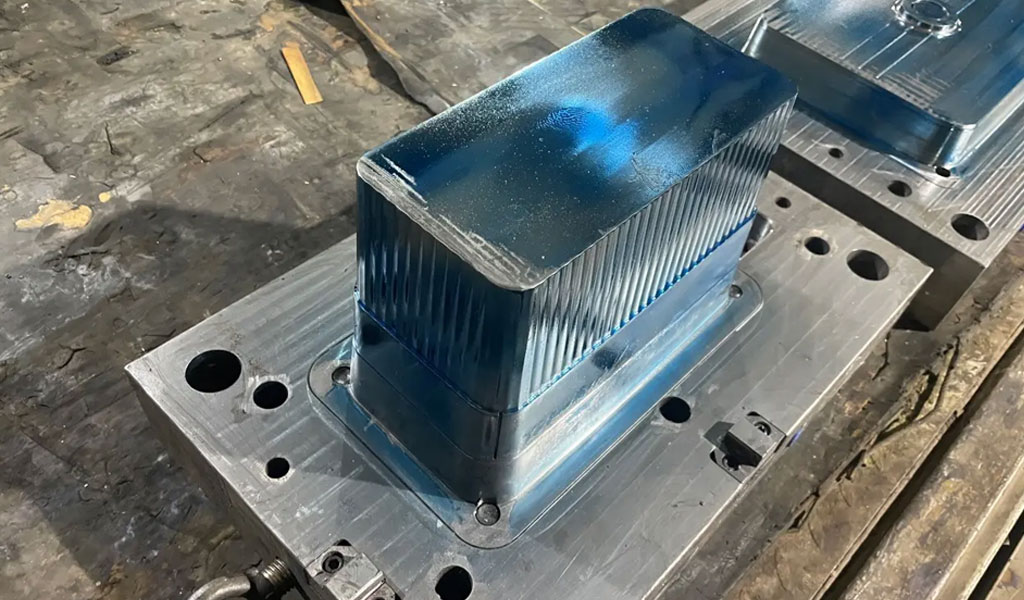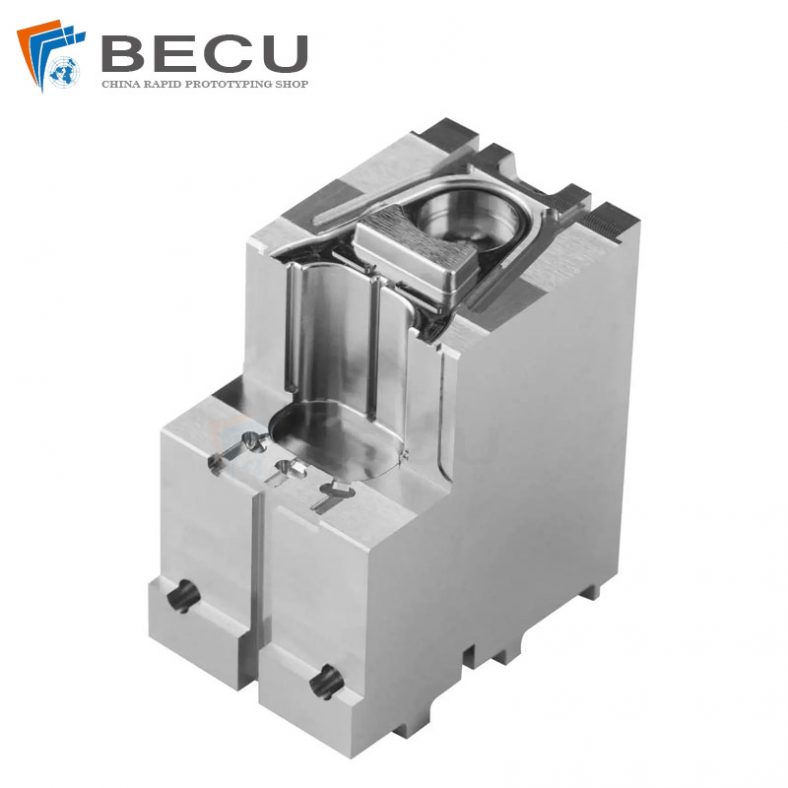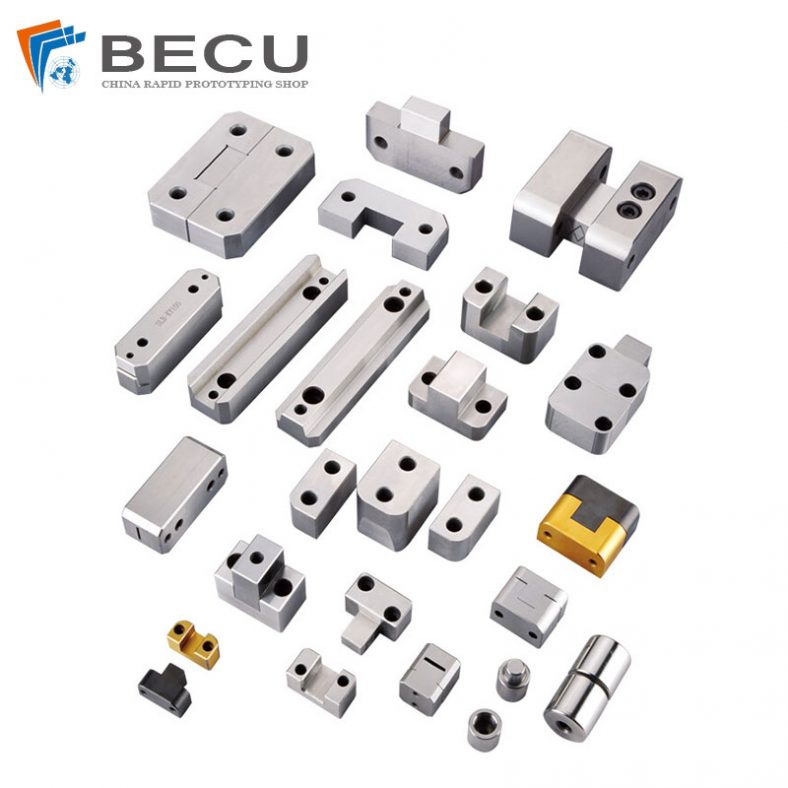Steel is one of the most versatile and widely used materials in various industries, owing to its exceptional strength, durability, and cost-effectiveness. However, the surface finish of steel parts plays a crucial role in determining their functionality, longevity, and aesthetic appeal. Surface finishing involves various processes aimed at modifying the outer layer of steel components to improve corrosion resistance, appearance, and performance. This article delves into the significance of surface finishing for steel parts, exploring different techniques, their applications across industries, and the impact on the overall quality of finished products.

Understanding Surface Finishing for Steel Parts
Surface finishing encompasses an array of techniques employed to alter the surface properties of steel parts.
These techniques serve multiple purposes, such as enhancing corrosion resistance, improving wear resistance, providing aesthetic appeal, and enabling better adhesion of coatings. Several methods are commonly used in the surface finishing of steel parts, including but not limited to:
Chemical Treatments for Steel Parts
Chemical treatments play a significant role in surface finishing for steel parts, offering various methods to improve the corrosion resistance, durability, and aesthetic appeal of steel components. These treatments involve the application of specific chemicals or solutions to modify the surface properties of steel. Below are some common chemical treatments used for steel parts:
- 1. Passivation:Passivation is a chemical process used to enhance the corrosion resistance of stainless steel by forming a protective oxide layer on its surface. This process removes free iron particles and contaminants from the steel’s surface, preventing corrosion and rust formation. Passivation often involves immersing steel parts in an acidic solution, typically nitric acid or citric acid, to promote the formation of a passive layer of chromium oxide on the steel surface.
- 2. Phosphating:Phosphating is a surface treatment that involves applying phosphate coatings to steel parts. This process can improve corrosion resistance, provide a base for paint adhesion, and enhance lubricity or wear resistance. Phosphating solutions, usually containing phosphoric acid and metal phosphates, chemically react with the steel surface, forming a phosphate layer that improves the steel’s surface properties.
- 3. Chromating:Chromating, also known as chromate conversion coating or chemical film treatment, involves applying a chromate conversion coating to steel surfaces. This process creates a thin film layer primarily composed of chromate compounds, providing corrosion resistance and facilitating paint adhesion. Chromating is widely used in industries such as aerospace, automotive, and electronics for its ability to protect steel from corrosion.
- 4. Pickling:Pickling is a process that involves treating steel parts with an acidic solution, such as hydrochloric acid or sulfuric acid, to remove surface impurities like rust, scale, and oxides. This treatment cleans the steel surface, preparing it for subsequent processing, such as plating, painting, or other surface finishing techniques.
- 5. Electroplating:Electroplating is a process that deposits a thin layer of metal, such as zinc, nickel, or chromium, onto the surface of steel parts using an electrolytic cell. This method improves corrosion resistance, enhances appearance, and provides wear resistance to steel components. Various types of electroplating processes are utilized depending on the desired properties and applications of the steel parts.
It’s important to note that some chemical treatments involve hazardous materials, requiring careful handling, proper disposal, and compliance with environmental regulations. Additionally, the choice of treatment depends on the specific requirements of the steel parts, such as the intended application, desired properties, and industry standards.
Mechanical Finishing for Steel Parts
Mechanical finishing techniques are crucial in enhancing the surface properties and appearance of steel parts. These methods involve mechanical action to alter the surface texture, remove imperfections, and achieve specific surface characteristics. Various mechanical finishing techniques are employed to improve the functionality, aesthetics, and performance of steel components. Here are some common mechanical finishing processes used for steel parts:
- 1. Grinding:Grinding is a machining process that utilizes abrasive particles to remove material from the surface of steel parts, resulting in improved surface finish, dimensional accuracy, and removal of surface imperfections. Different types of grinding wheels and abrasives are used depending on the required finish and material removal rate.
- 2. Polishing:Polishing is a finishing process that involves smoothing the surface of steel parts to create a glossy, reflective, or mirror-like finish. Polishing compounds or abrasive materials are applied to the steel surface, usually using rotating buffing wheels or abrasive pads, to achieve the desired surface smoothness and shine.
- 3. Buffing:Similar to polishing, buffing is a process that utilizes rotating cloth or felt wheels combined with polishing compounds to improve the surface finish of steel parts. It removes imperfections and scratches, giving steel components a smooth and shiny appearance.
- 4. Shot Blasting:Shot blasting involves propelling abrasive particles (shots) at high velocity onto the surface of steel parts. This process removes surface contaminants, scale, rust, and other imperfections, resulting in a clean surface with improved texture and increased resistance to fatigue.
- 5. Honing:Honing is a precision finishing process used to improve the geometry, surface texture, and size of bores in steel components. It utilizes abrasive stones or brushes in a controlled oscillating or rotating motion to achieve the desired surface finish and dimensional accuracy.
Coatings for Steel Parts
Coating steel parts is a critical process aimed at providing a protective layer to enhance corrosion resistance, improve aesthetics, and augment functional properties. Various coating methods are employed to safeguard steel components against environmental factors, wear, and corrosion. Here are some common coatings used for steel parts:
- 1. Paint Coatings:Primer, Basecoat, and Topcoat: Applying multiple layers of paint serves as an effective protective barrier for steel parts. A primer layer enhances adhesion, a basecoat provides color and additional protection, and a topcoat offers resistance to UV rays, chemicals, and abrasion. The choice of paint depends on the application, whether it’s for indoor or outdoor use and the desired appearance.
- 2. Powder Coatings:Powder coating involves applying a dry powder to steel parts, which is then cured under heat, forming a protective layer. This method provides a durable finish, offering excellent corrosion resistance, impact resistance, and a wide range of color options. Powder coatings are commonly used in various industries due to their environmental friendliness and high-performance properties.
- 3. Galvanization:Galvanization is a process where steel parts are coated with a layer of zinc, either through hot-dip galvanizing or electro-galvanizing. This protective zinc layer acts as a sacrificial barrier, preventing corrosion by shielding the underlying steel from exposure to corrosive elements.
- 4. Anodizing:Anodizing is primarily used for aluminum, but it can also be applied to certain steel alloys. It involves creating an oxide layer on the steel surface through an electrolytic process. Anodized coatings provide increased corrosion resistance, improved surface hardness, and the option for coloring the surface.
- 5. Electroplating:Electroplating involves depositing a thin layer of a metal, such as chromium, nickel, or copper, onto the surface of steel parts using an electrolytic cell. This method improves corrosion resistance, provides aesthetic appeal, and enhances wear resistance for steel components.
The effectiveness of coatings depends on the quality of surface preparation, application technique, and maintenance. Improper coating application or damage to the coating can compromise the protection it provides to the underlying steel. Selection of the right coating method is crucial, considering the intended use, operating environment, and desired performance characteristics of the steel parts.
Each coating method has its advantages and limitations, so choosing the appropriate coating system requires careful consideration of the specific requirements and conditions the steel parts will face in their application.
Heat Treatment for Steel Parts
Heat treatment is a vital process used to modify the physical and mechanical properties of steel parts by subjecting them to controlled heating and cooling cycles. This technique aims to alter the microstructure of steel, enhancing its strength, hardness, toughness, and other mechanical properties. Several heat treatment processes are employed based on the desired characteristics of the steel parts:
- 1. Annealing:Full Annealing: Steel parts are heated to a specific temperature and then slowly cooled to room temperature in a controlled furnace. This process relieves internal stresses, refines the grain structure, and improves ductility and machinability./Normalizing: Similar to full annealing but with a faster cooling rate, normalizing refines the grain structure and homogenizes the steel, enhancing its strength and toughness.
- 2. Quenching:Quenching involves rapidly cooling heated steel parts by immersion in a quenching medium, such as water, oil, or polymer solution. This rapid cooling “freezes” the microstructure, increasing hardness and strength. Different quenching methods are used depending on the steel composition and desired properties.
- 3. Tempering:Tempering is a process that follows quenching. Steel parts are reheated to a specific temperature and then cooled at a controlled rate. This process reduces the brittleness imparted by quenching, improving toughness, ductility, and relieving residual stresses.
- 4. Case Hardening:Case hardening, also known as surface hardening, involves heating the surface of steel parts in the presence of a carbon-rich atmosphere or by diffusion of carbon into the surface. This process creates a hardened “case” on the surface while maintaining a tougher core. Techniques include carburizing, nitriding, and carbonitriding.
Heat treatment requires careful control of parameters such as temperature, time, and cooling rates to achieve desired results. Improper treatment can lead to distortion, cracking, or changes in dimensional accuracy. Moreover, some steels may have limitations in achieving certain properties through heat treatment due to their composition.
The selection of the appropriate heat treatment method depends on factors such as the steel grade, component geometry, desired mechanical properties, and the intended application of the steel parts. Expertise in understanding the material’s behavior and the desired outcome is crucial in optimizing the heat treatment process for specific steel components.
The Importance of Surface Finishing
- Enhanced Corrosion Resistance: Steel parts are susceptible to corrosion when exposed to harsh environmental conditions. Surface finishing techniques like galvanization and chromating create protective layers, preventing corrosion and extending the lifespan of steel components.
- Improved Aesthetic Appeal: Surface finishing can greatly enhance the visual appeal of steel parts, making them more attractive to consumers. Polishing, buffing, and coating processes provide a sleek, uniform finish that adds value to the final product.
- Functional Performance: Surface finishing techniques can improve the functionality of steel parts. For instance, shot peening enhances fatigue resistance, while precision grinding ensures dimensional accuracy, critical in various engineering applications.
- Ease of Maintenance: Proper surface finishing makes steel parts easier to clean and maintain, reducing the need for frequent repairs or replacements. This is particularly crucial in applications where cleanliness and hygiene are paramount.
Applications of Surface Finished Steel Parts
- Automotive Industry: Surface finished steel parts are extensively used in the automotive sector for various applications such as body panels, chassis components, and engine parts. The surface finishing ensures durability, corrosion resistance, and an appealing appearance of these parts.
- Aerospace and Defense: In aerospace and defense applications, steel parts undergo surface finishing to meet stringent requirements for strength, reliability, and resistance to harsh environmental conditions.
- Construction and Infrastructure: Steel components used in construction, bridges, and infrastructure are often surface finished to withstand weathering, corrosion, and mechanical stress, ensuring long-term structural integrity.
- Medical and Pharmaceutical Equipment: Surface finishing of steel parts in medical equipment is crucial to maintaining hygiene, preventing contamination, and ensuring the safety of patients.
Challenges and Innovations in Surface Finishing
While surface finishing significantly enhances the properties of steel parts, certain challenges persist, driving ongoing innovations in the field:
- Environmental Concerns: Some traditional surface finishing processes involve the use of hazardous chemicals, leading to environmental pollution. Innovations focus on developing eco-friendly alternatives and improving waste management strategies.
- Cost and Efficiency: Achieving high-quality surface finishing while maintaining cost-effectiveness remains a challenge. Innovations aim to streamline processes, reduce material wastage, and optimize energy consumption.
- Adherence to Standards and Regulations: With increasingly stringent regulations concerning materials and processes, manufacturers must ensure compliance while maintaining high-quality surface finishing standards.
Future Trends and Conclusion
The future of surface finishing for steel parts is marked by ongoing advancements driven by technological innovations and evolving industry demands. Nanotechnology, additive manufacturing, and surface modification techniques are expected to revolutionize surface finishing, enabling precise control over material properties at a molecular level.
In conclusion, surface finishing plays a pivotal role in enhancing the functionality, durability, and aesthetic appeal of steel parts across various industries. As technology progresses and environmental considerations become more prominent, continuous innovation in surface finishing techniques will remain imperative to meet evolving industry standards and consumer expectations.




